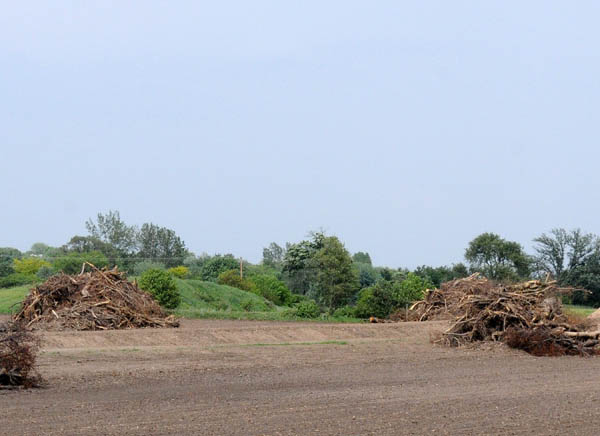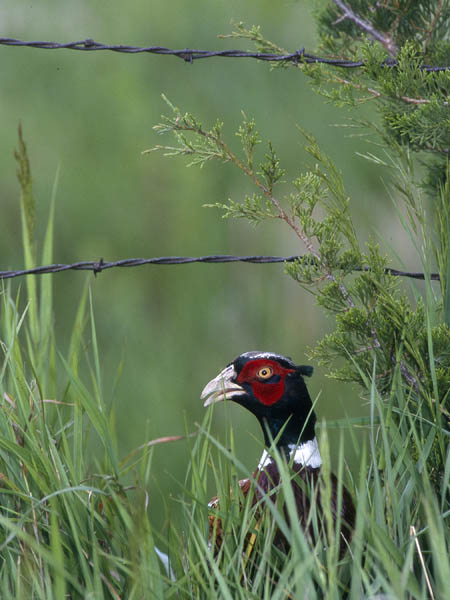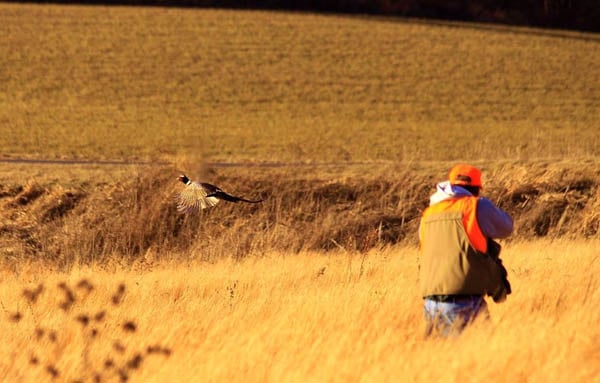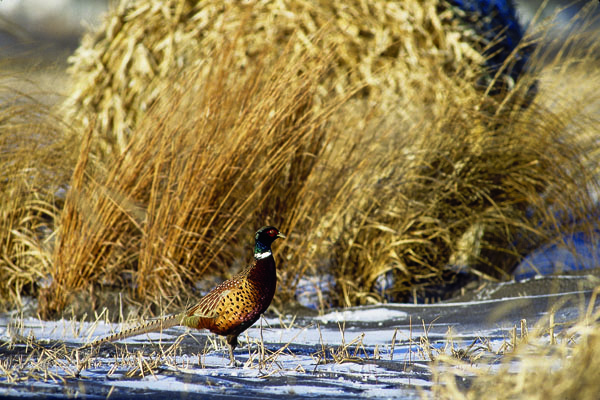LAST UPDATED: May 1st, 2015
If you drive through farm country these days, you’ll often see bulldozers pushing old farmsteads, fencerows and windbreaks into monstrous burn piles to expand high-priced cornfields for feeding cattle and brewing ethanol.
All those miles of former brush, oaks, box elder, tall grass, dark granite and crumbling limestone once served as valuable shelterbelts. Besides protecting farm fields from wind and water erosion, they also provided habitat for deer, rabbits, songbirds, pheasants and other wildlife.
Since the Dust Bowl, agricultural agencies and conservationists encouraged and applauded farmers who built and maintained shelterbelts, viewing them as long-term investments in the land. But conservation apparently can’t compete with corn that’s worth nearly $6 per bushel today and consistently more than $4 per bushel the past five years after averaging $2.50 from 1973 through 2005.
This widespread conversion of year-round habitat to seasonal one-crop monocultures is happening from Ohio and Indiana to eastern Washington. And it’s not just shelterbelts and abandoned farmsteads. In the Dakotas, folks are burning off cattail marshes, and tiling the black muck below to expand corn and soybean fields.
How many miles of shelterbelts have been lost? Well, no government agency tracks acreage kept as fencerows, windbreaks or vacant farmsteads. But the federal government’s Conservation Reserve Program provides an indicator. Wisconsin alone will lose 45,170 acres of CRP land this year, presumably to beans and corn.
But the Badger State is only 15th in lost CRP acres. North Dakota will lose nearly 650,000 acres of CRP lands this year, worst in the nation. Montana is second with 435,000 lost acres, and then it’s Minnesota, 190,000 and South Dakota with 170,000.
In fact, Pheasants Forever estimates the Northern Plains will lose more than 1 million CRP acres in the program’s 2012 re-enrollment process. CRP is perhaps the most powerful conservation tool in U.S. history. Under CRP the past 25-plus years, the government paid farmers and ranchers to plant trees and grasses instead of crops along waterways and highly erodible areas to protect the land and prevent soils and nutrients from washing into rivers and streams.
Although payments for CRP lands were competitive with crop prices from the late 1980s through the mid-2000s, they’ve lagged with recent leaps in grain prices. What’s behind high grain prices? Some blame federal subsidies for ethanol production, while others cite rising global demands for cattle feed, including China, India and South America.
Scott Walter, the Wisconsin Department of Natural Resources’ upland game ecologist, tracks the state’s CRP acreage for the DNR. He said 51 percent of the country’s 2011 corn crop went to ethanol production, the first time in history that more corn went for fuel than food.
“That demand drives up not only corn prices, but food prices,” Walter said. “That puts more pressure on the land, it destroys more wildlife habitat, and it gives people fewer places to hunt. If your goal is to create more hunting opportunities, the challenge worsens for each acre lost to crop production.”
Dave Nomsen, vice president of governmental affairs for Pheasants Forever, said lost ditches, shelterbelts and old farmsteads have huge impacts on small game, upland birds and other wildlife.
“I’ve lived in Northern Plains states my entire life, and I’ve never seen pressure on the landscape like we have now,” Nomsen said. “It’s one thing to convert old grass into corn, but when you’re pulling out rocks, trees, wetlands and old farmyard foundations, and testing and capping wells on abandoned farmsteads, you’re investing significant time, effort and money into something that might not pay off for very long.”
Even so, Nomsen said it’s difficult to fault individuals who cash in on today’s high crop prices. “It’s a complex question and decision,” he said. “High land values are part of it, too. It’s tough for a landowner to stand pat with a $75 to $100 break on CRP acres when he can get two to three times that much by renting his fields to someone planting beans and corn.”
Nomsen and Walter also wonder what will happen if grain prices fall to where CRP rates are again competitive.
“Who’s going to put back those long strips of old trees, big rocks and old fencerows?” Walter asked. For that matter, who’s going to replace the fertile topsoil that blows or drains away the next few years in the absence of shelterbelts?

 By
By 







